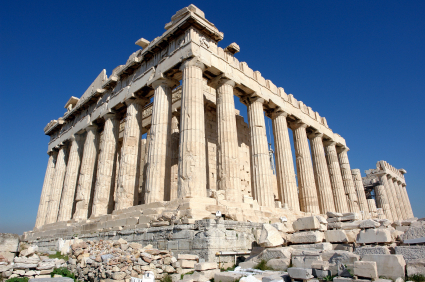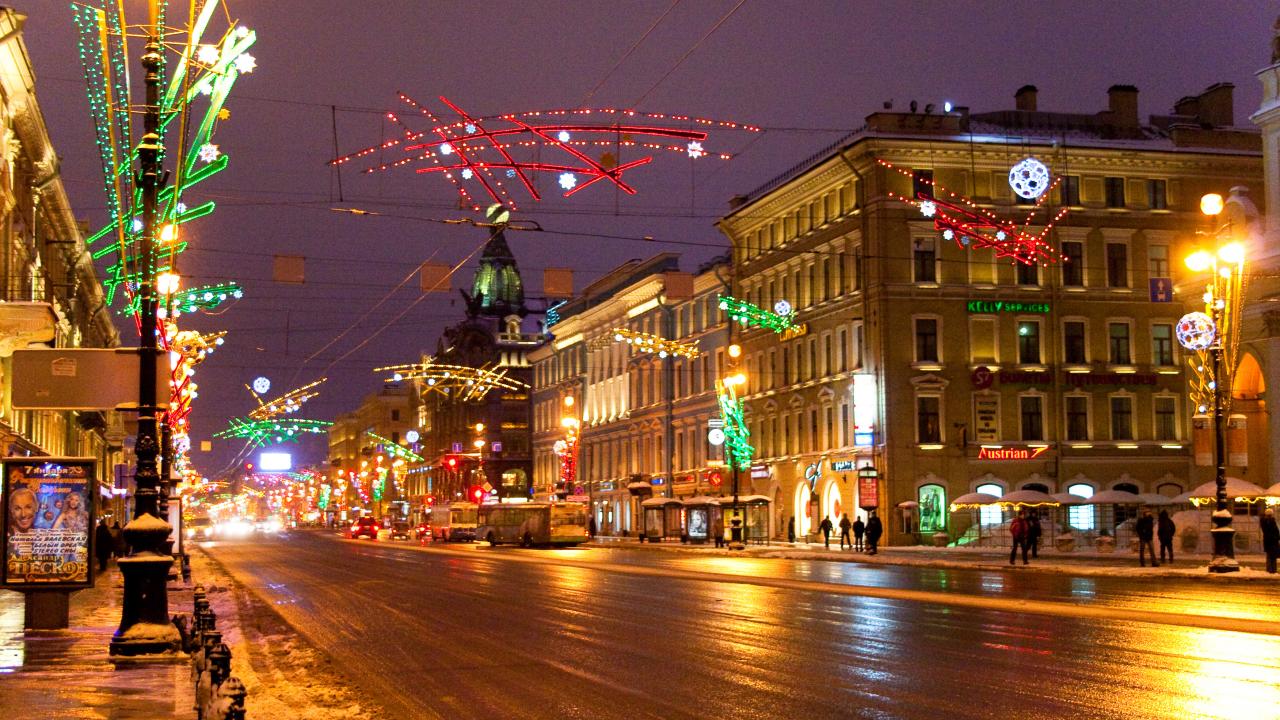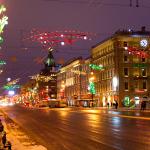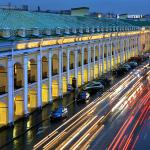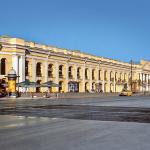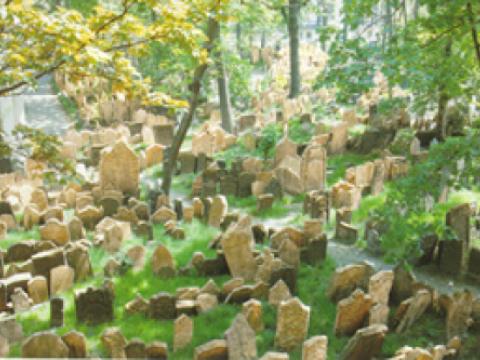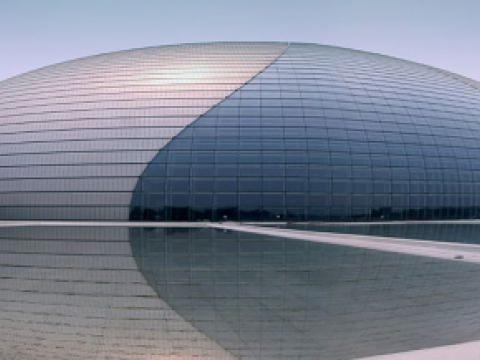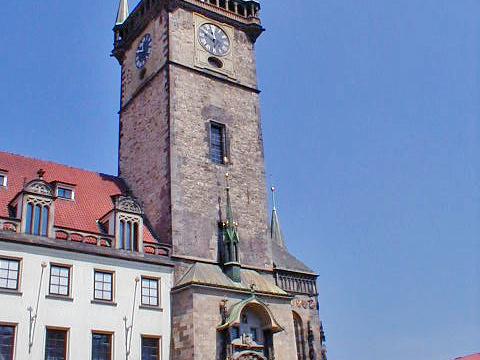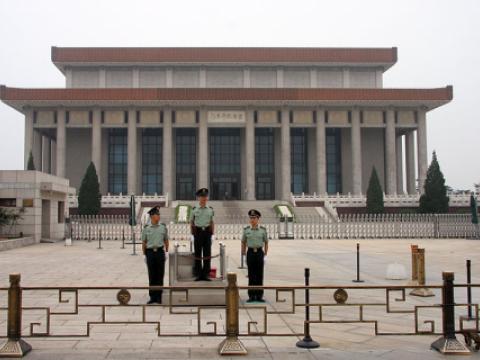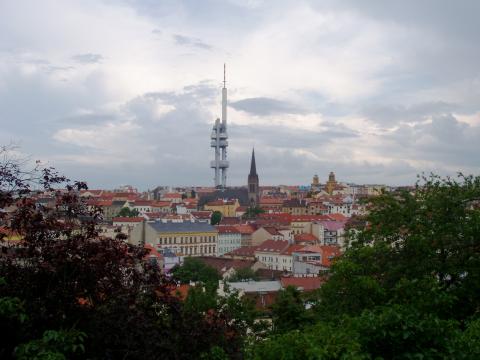Location
Since the 18th century, the Nevsky Prospect has been the main street in St. Petersburg. Planned, by the city’s namesake himself – Peter the Great, was the main road to Moscow in the past. Nowadays, it stands as one of the biggest tourist attraction in the whole Russia and is known around the globe as one of the most extravagant shopping areas.
The buildings in the street are built with the purpose to demonstrate the power of the Russian Empire and their tsar, Peter. Almost every church, hall, or monument located in the Nevsky Prospect was made during his lifetime. The examples include the Kazan Cathedral, the Stroganov Palace, Elisseeff Emporium, etc.
For those with a deep pocket, this street offers dozens of luxury boutiques and shops. The Great Gostiny Dvor is one of the oldest shopping malls in the world. Built in the 19th century, this vast complex of shops offers the tourists a massive offer of products, ranging from world-known brands to national Russian souvenirs.
It seems that everything in St. Petersburg revolves around this street. It is almost impossible to miss it, because it’s connected with the rest of the city with regular lines of public transport. There are several subway stations in the Nevsky Prospect street, most important ones are Nevskiy Prospect, Mayakovskaya, and Gostinyy Dvor.
There are dozens of bars, restaurants, and shops along the street and the prices vary depending on the venue. However, one thing is certain. Being the most visited street in St. Petersburg and one of the crowdiest in Russia, the prices are higher than usual.



